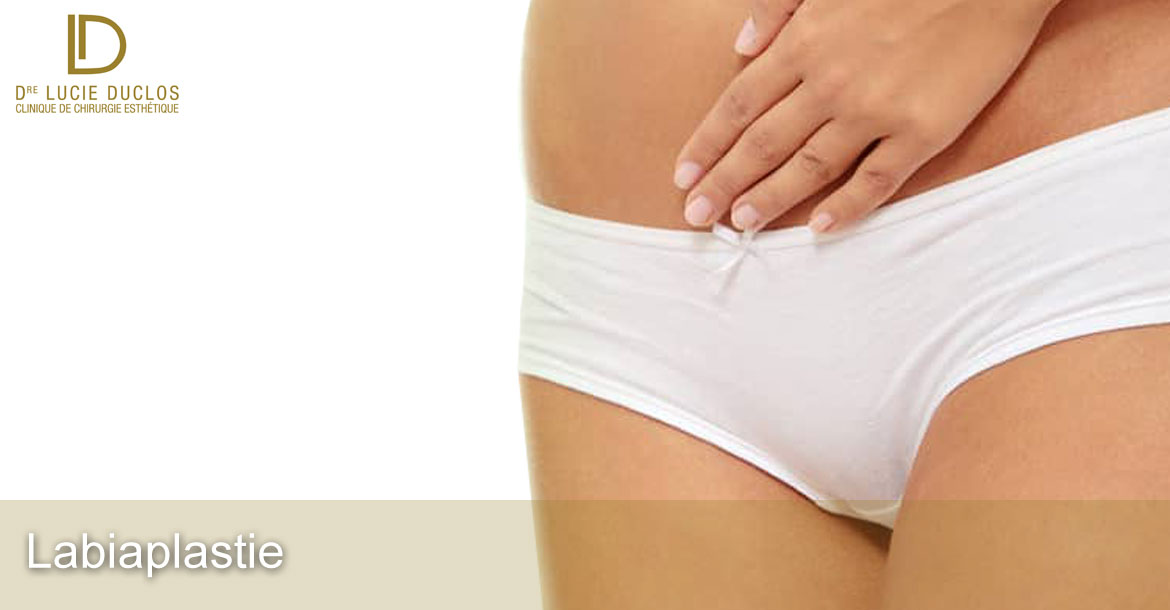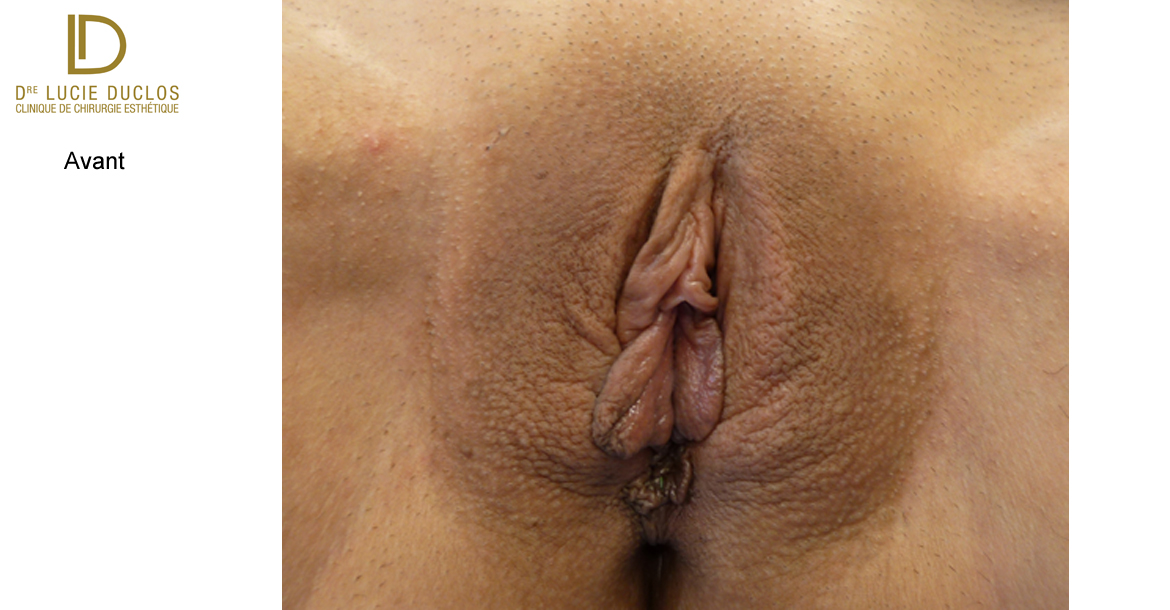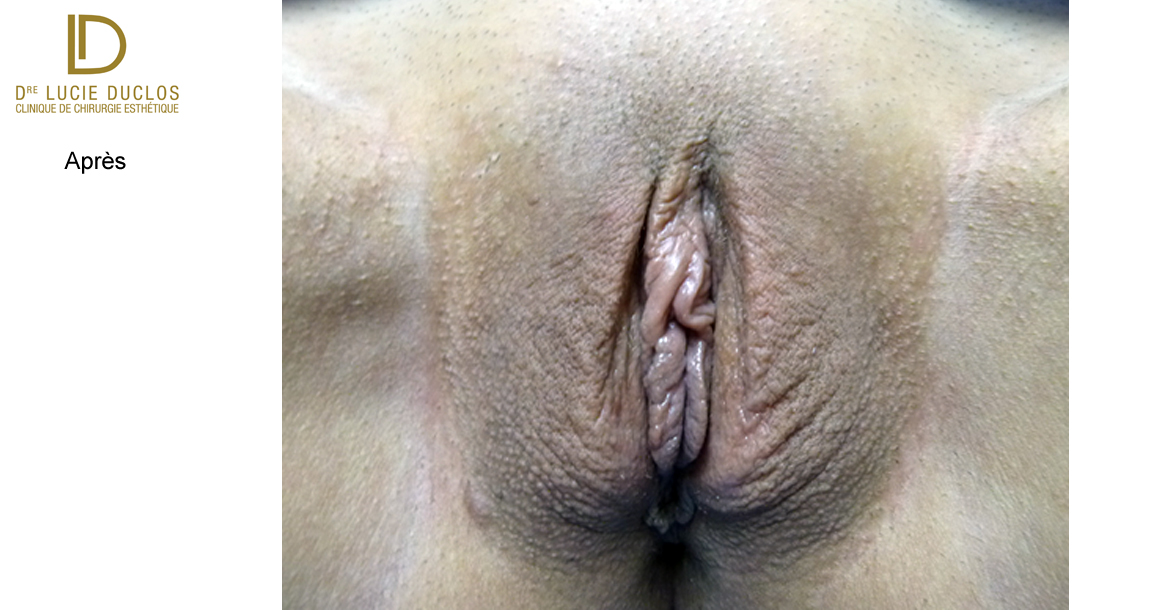 What are the advantages?
What are the advantages?
It sometimes happens that congenitally, the vaginal lips are too large or asymmetrical. Sometimes, deformation can occur following pregnancy or with age. Labia minora plasty improves the aesthetic appearance of this intimate part. In addition, it happens that the labia minora are so large that it hinders sexual activity or affects the way you dress since the labia minora can overflow and stand out from the swimsuit or panties. Also, they can bother the affected person who cannot put on tight-fitting clothes. Discomfort may occur during certain activities such as cycling or horse riding.
Before and after photos of labiaplasty
Asymmetry of the labia minora and clitoral foreskin. More prominent right labia and clitoral foreskin. 6 months postop, right correction only to improve symmetry.
-


Avant Labiaplastie Après
Is it for me?
Labiaplasty can improve your physical appearance and self-confidence. However, it does not change the relationships you have with others. Before opting for this intervention, clarify your expectations and discuss them with Dr. Duclos. She will be happy to answer all your questions clearly and precisely and to inform you about the most appropriate treatments for your situation, indicating their advantages and disadvantages. The best candidate for this type of surgery is someone who is healthy, emotionally stable and has realistic expectations about the surgical procedure.
What techniques are used?
Several techniques have been described for reduction of the labia minora. Dr. Duclos will recommend the most appropriate one for your situation. This is a surgery that is increasingly known and requested by women. Labiaplasty involves reducing or adjusting the labia minora. Occasionally, it is accompanied by liposuction of the pubis or fat grafting of the labia majora.
What should I expect?
During the consultation, Dre Duclos will assess your state of health and carry out an examination. She will then be able to recommend the most appropriate surgical technique,
In the majority of cases, the scar is practically invisible. Dr. Duclos will explain the risks inherent to the procedure, provide you with information on its progress, and give you pre- and post-operative instructions. The surgery can take place under local anesthesia with sedation or under general anesthesia.
Before the procedure, Dr. Duclos will give you specific instructions. If you smoke, you will need to stop at least 10 days before and after the procedure. Taking certain medications or natural products may need to be stopped before surgery. Bring a companion when you leave, because you will not be able to take your vehicle, public transportation or taxi to return home. If necessary, the clinic offers a ride service at a very reasonable cost.
On the day of surgery, you will need to wash the area with antiseptic soap. The duration of the procedure is approximately 1 hour. You will then be under observation until your condition allows you to leave. A prescription for pain medication, instructions and the date of the next appointment will be given to you before your departure.
After the procedure, the pain is generally of moderate intensity and is well relieved with the prescribed medication. They usually fade after a few days. Significant pain or sudden swelling should be reported immediately.
When the pain has subsided, it is recommended to only take Tylenol for the pain, this will allow you to evaluate the movements you can do without causing tension on your scars and wounds which could open or burst. ignite. You will need to avoid any sexual activity for the first four weeks.
You should know that the healing process for a scar is specific to each individual and that, occasionally, scars may be of poorer quality. The healing process evolves over several months and in general, the scars fade over the months. If the elasticity of your skin was low before the procedure, there may be sagging of the skin following the period of swelling. Asymmetry is possible, despite meticulous and precise surgery.
What are the risks?
The risks are low. Bleeding, infection, poor healing, and opening of wounds may occur. A temporary loss of skin sensitivity may occur. Necrosis can affect the skin due to a lack of vascularity. Very rarely, pain during sexual intercourse may persist but usually fades over time.
In order to minimize these risks, you must carefully follow the recommendations of Dr. Lucie Duclos. Retouching is rarely required.
In summary
All this information represents generalities and does not replace consultation with Dr. Lucie Duclos. It is very important that all your questions are answered when you meet.

